Measure Information Form
Version 2021A
Measure Information Form
| Set Measure ID | Performance Measure Name |
|---|---|
| CSTK-03a |
Hunt and Hess Scale Performed for SAH Patients |
| CSTK-03b |
ICH Score Performed for ICH Patients |
CSTK-03: The number of SAH and ICH stroke patients for whom a severity measurement is performed prior to surgical intervention in patients undergoing surgical intervention and documented in the medical record; OR documented within 6 hours of hospital arrival for patients who do not undergo surgical intervention. CSTK-03a: The number of SAH patients for whom a Hunt and Hess Scale is performed prior to surgical intervention in patients undergoing surgical intervention and documented in the medical record; OR documented within 6 hours of hospital arrival for patients who do not undergo surgical intervention. CSTK-03b: The number of ICH stroke patients for whom an ICH Score is performed prior to surgical intervention in patients undergoing surgical intervention and documented in the medical record; OR documented within 6 hours of hospital arrival for patients who do not undergo surgical intervention.
Included Populations: As above Excluded Populations: None Data Elements:Data Elements By Measure
- Arrival Date
- Arrival Time
- ICD-10-PCS Other Procedure Dates
- ICD-10-PCS Other Procedure Times
- ICD-10-PCS Principal Procedure Date
- ICD-10-PCS Principal Procedure Time
- Initial Hunt and Hess Scale Date
- Initial Hunt and Hess Scale Performed
- Initial Hunt and Hess Scale Time
- Initial ICH Score Date
- Initial ICH Score Performed
- Initial ICH Score Time
| CSTK-03 | CSTK-03a | CSTK-03b |
|---|---|---|
| Arrival Date | Arrival Date | Arrival Date |
| Arrival Time | Arrival Time | Arrival Time |
| Initial Hunt and Hess Scale Date | Initial Hunt and Hess Scale Date | Initial ICH Score Date |
| Initial Hunt and Hess Scale Performed | Initial Hunt and Hess Scale Performed | Initial ICH Score Performed |
| Initial Hunt and Hess Scale Time | Initial Hunt and Hess Scale Time | Initial ICH Score Time |
| Initial ICH Score Date | ||
| Initial ICH Score Performed | ||
| Initial ICH Score Time |
Included Populations: Discharges with ICD-10-CM Principal Diagnosis Code for hemorrhagic stroke as defined in Appendix A, Table 8.2 for ICD-10 codes (i.e., Table 8.2a and Table 8.2b) with or without aneurysm repair procedure (ICD-10-PCS Principal or Other Procedure Code as defined in Appendix A, Table 8.2d for ICD-10 codes) or surgical intervention procedure (ICD-10-PCS Principal or Other Procedure Code as defined in Appendix A, Table 8.2e for ICD-10 codes) Excluded Populations:Data Elements:
- Patients less than 18 years of age
- Patients who have a Length of Stay > 120 days
- Patients with Comfort Measures Only documented on the day of or day after hospital arrival
- Non-surgical patients discharged within 6 hours of arrival at this hospital
- Patients with traumatic brain injury (TBI), unruptured arteriovenous malformation (AVM), and non-traumatic subdural hematoma (ICD-10-CM Other Diagnosis Codes as defined in Appendix A, Table 8.2f for ICD-10 codes)
- Patients who have an ICD-10-CM Principal Diagnosis Code in Appendix A, Table 8.2a assigned at discharge and documentation of non-aneurysmal SAH or SAH related to head trauma any time during the hospital stay
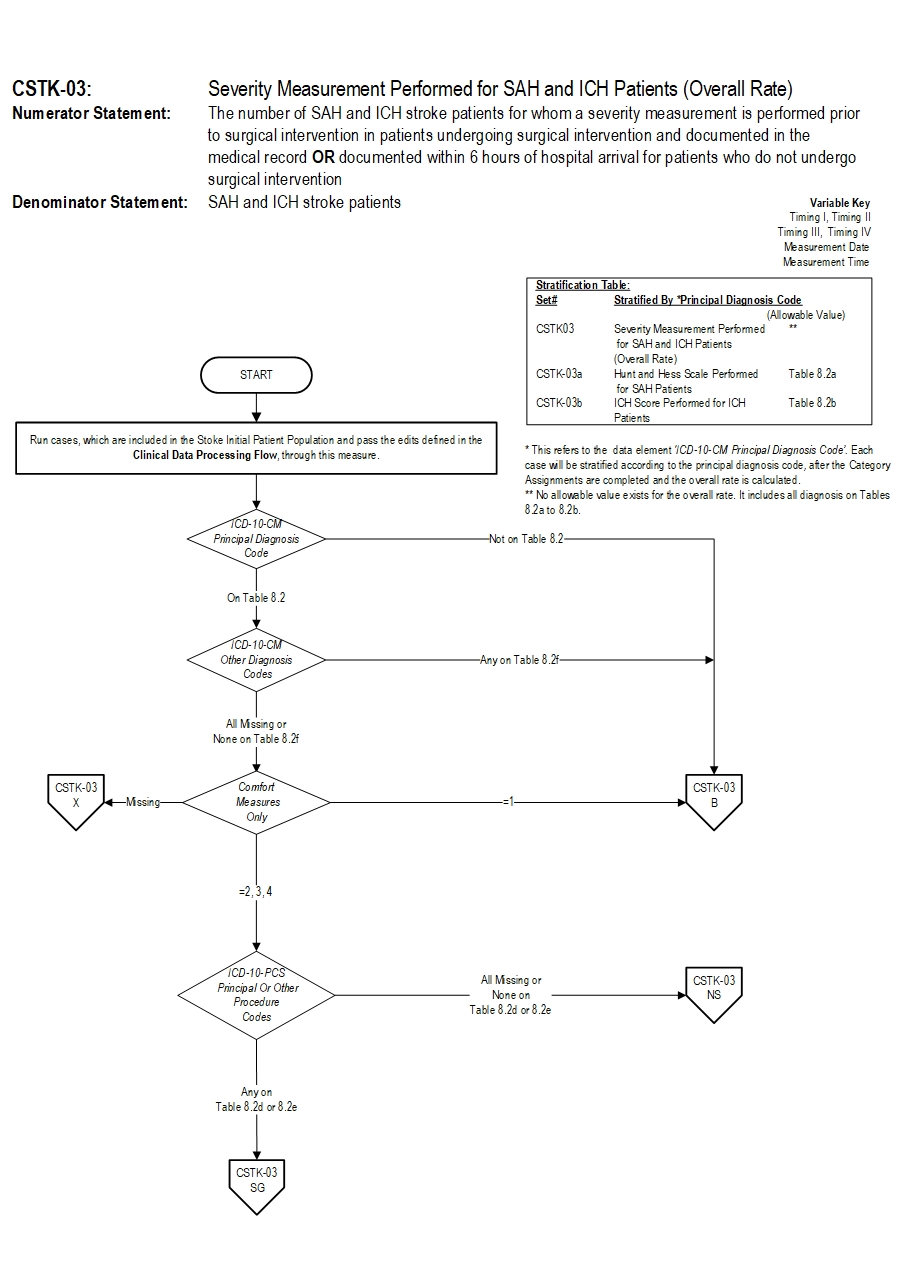
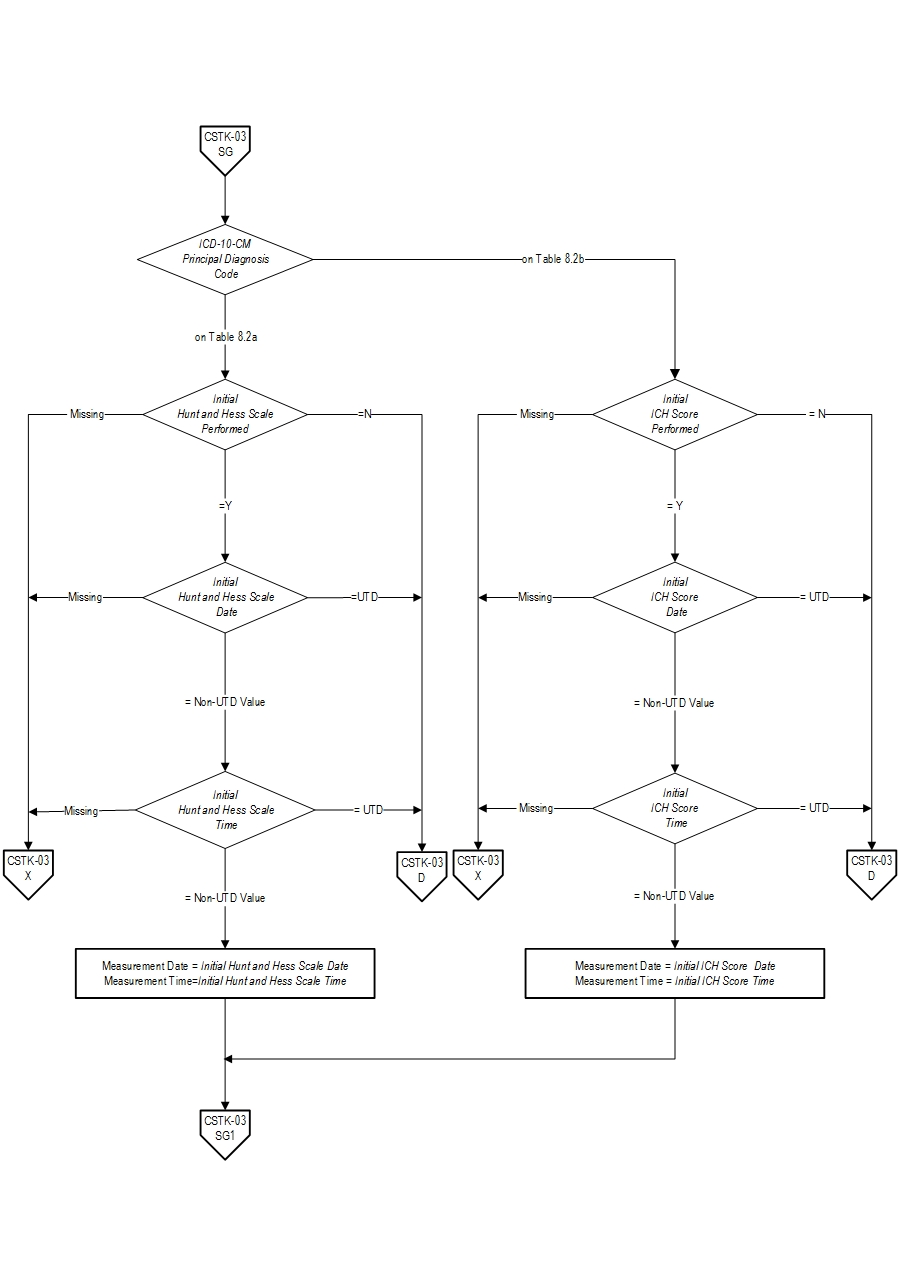
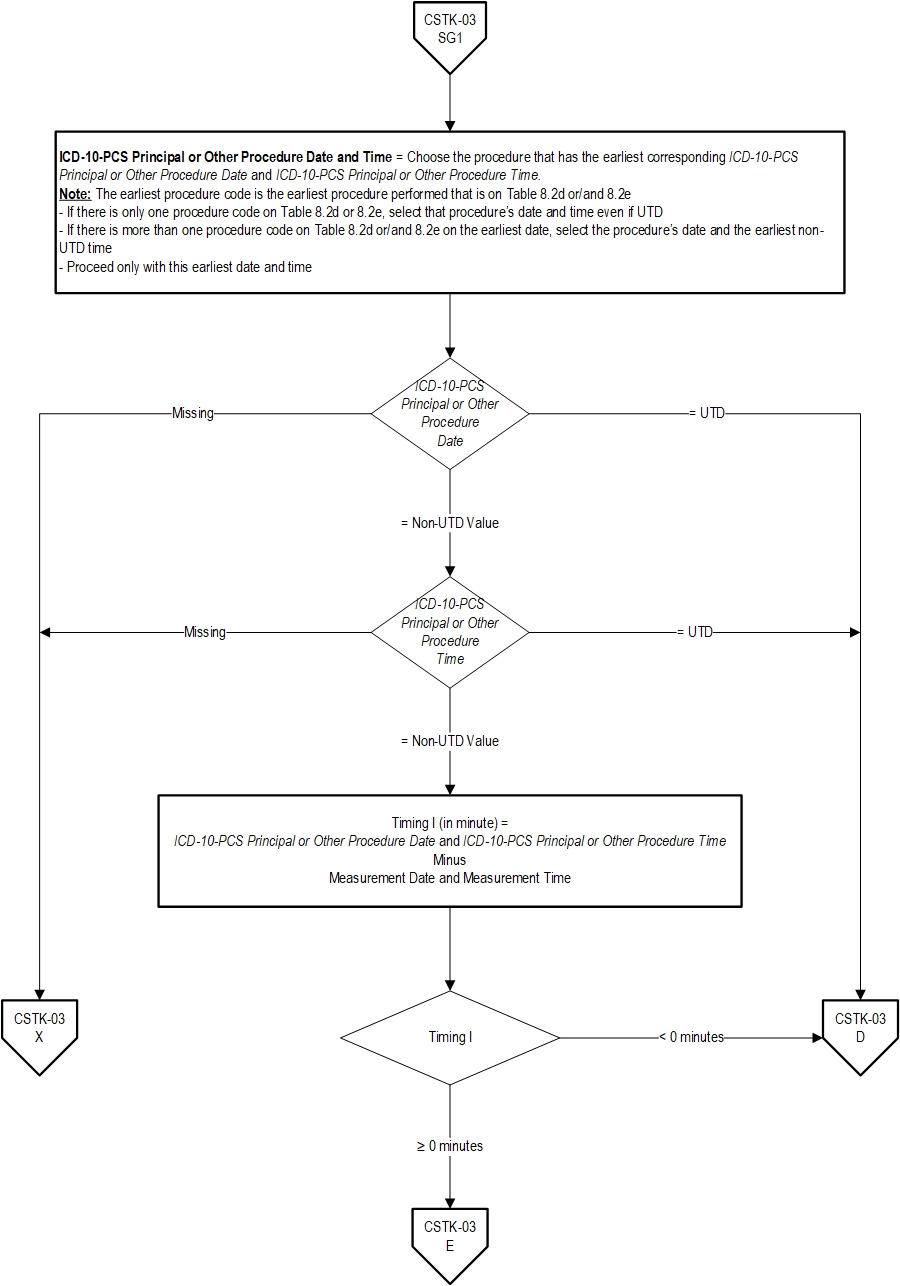
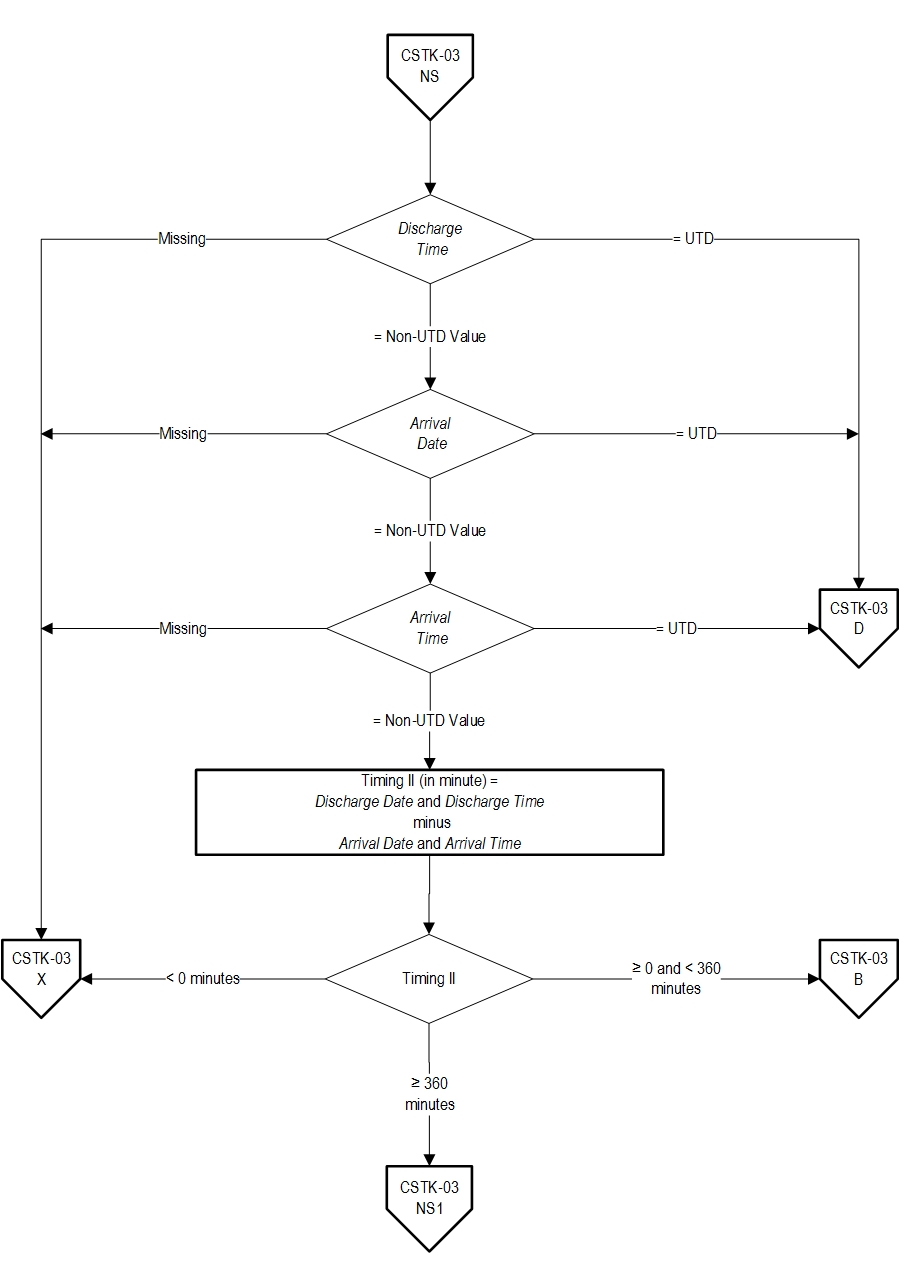
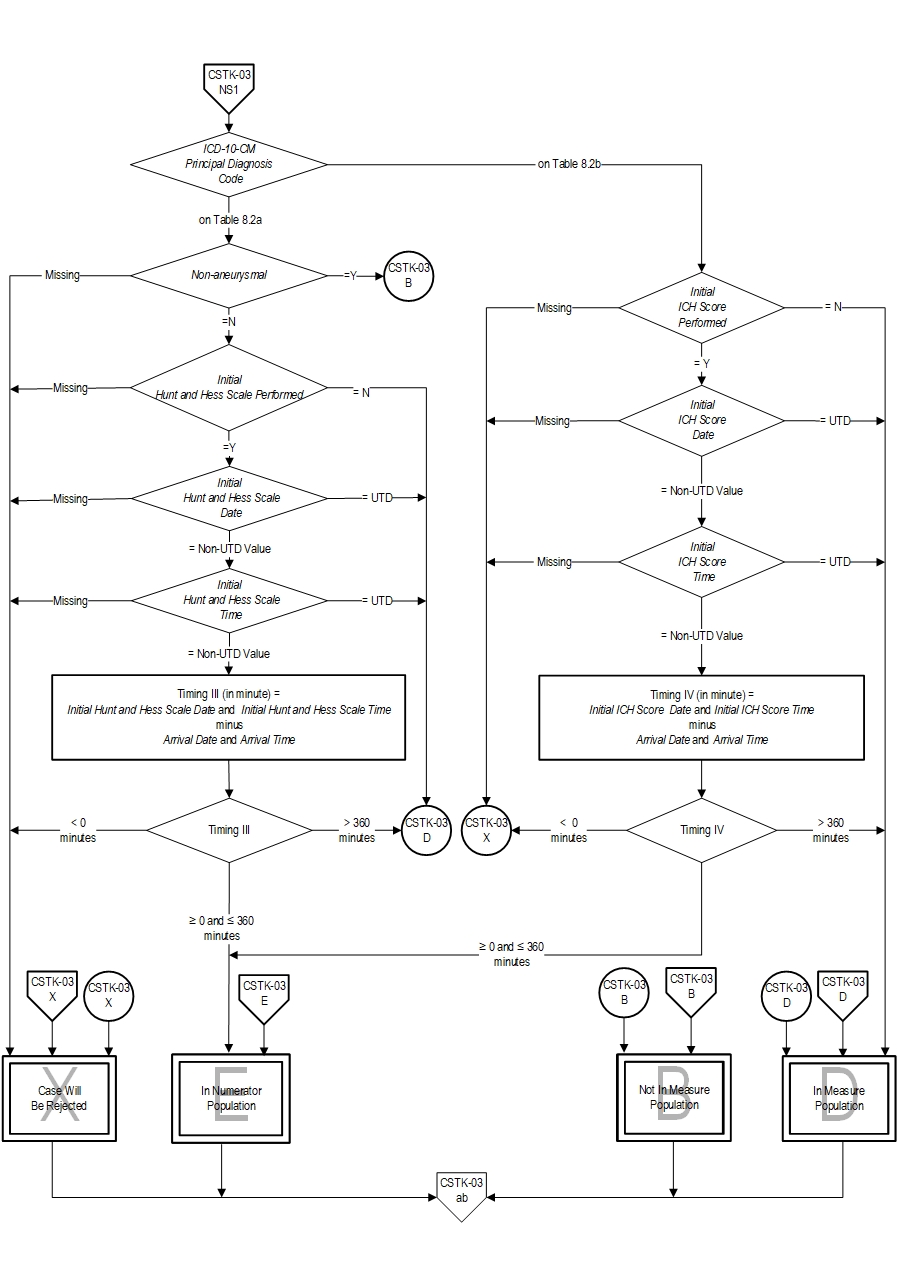
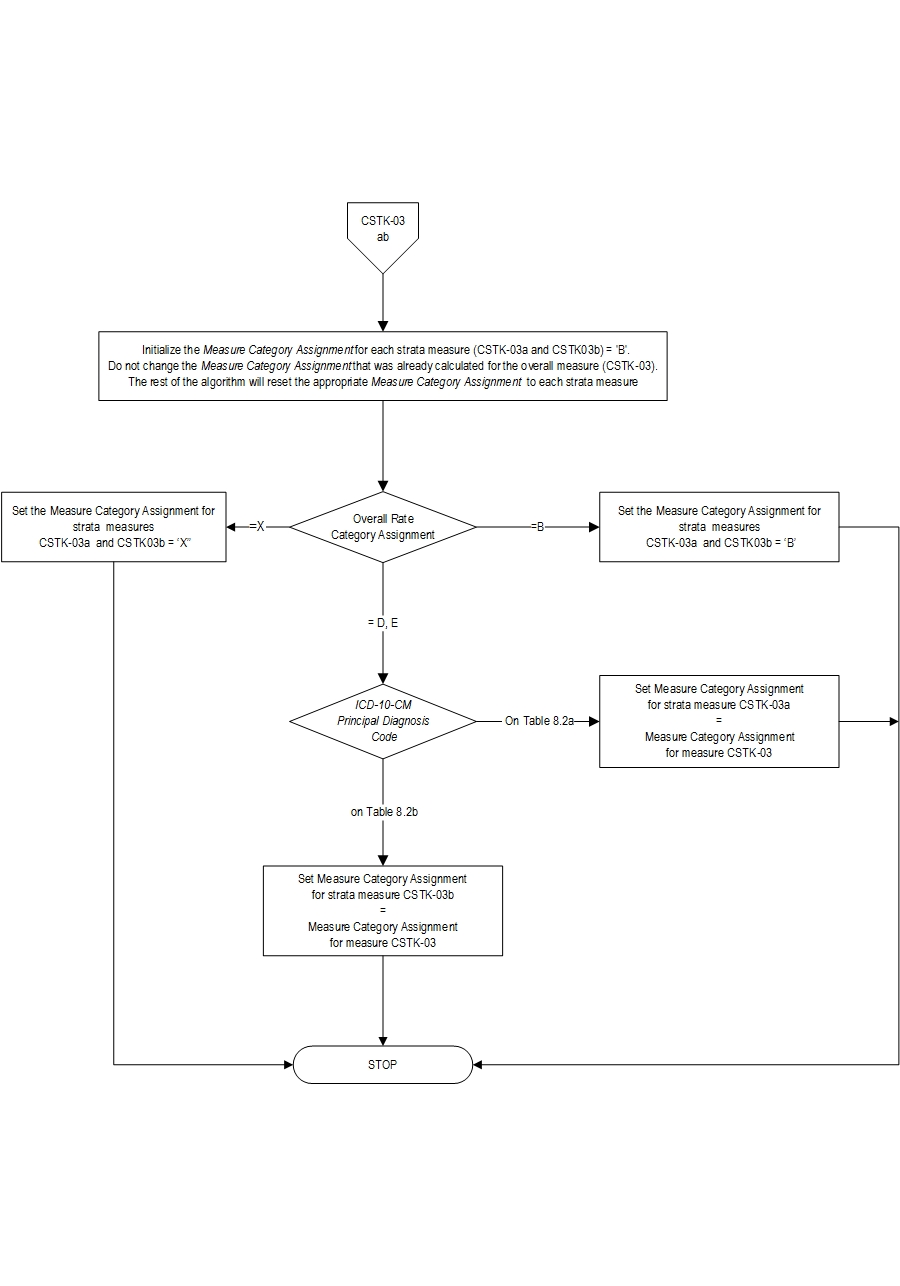
CPT® only copyright 2019 American Medical Association. All rights reserved. CPT® is a registered trademark of the American Medical Association.
You, your employees and agents are authorized to use CPT® only as contained in The Joint Commission performance measures solely for your own personal use in directly participating in healthcare programs administered by The Joint Commission. You acknowledge that the American Medical Association (“AMA”) holds all copyright, trademark and other rights in CPT®.
Any use not authorized herein is prohibited, including by way of illustration and not by way of limitation, making copies of CPT® for resale and/or license, transferring copies of CPT® to any party not bound by this Agreement, creating any modified or derivative work of CPT®, or making any commercial use of CPT®. License to use CPT® for any use not authorized herein must be obtained through the American Medical Association, Intellectual Property Services, AMA Plaza, 330 North Wabash Avenue, Suite 39300, Chicago, Illinois 60611-5885. Applications are available at the American Medical Association Web site, www.ama- assn.org/go/cpt.
U.S. Government Rights This product includes CPT® which is commercial technical data, which was developed exclusively at private expense by the American Medical Association, 330 North Wabash Avenue, Chicago, Illinois 60611. The American Medical Association does not agree to license CPT® to the Federal Government based on the license in FAR 52.227-14 (Data Rights - General) and DFARS 252.227-7015 (Technical Data - Commercial Items) or any other license provision. The American Medical Association reserves all rights to approve any license with any Federal agency.
Disclaimer of Warranties and Liabilities. CPT® is provided “as is” without warranty of any kind, either expressed or implied, including but not limited to the implied warranties of merchantability and fitness for a particular purpose. Fee schedules, relative value units, conversion factors and/or related components are not assigned by the AMA, are not part of CPT®, and the (AMA is not recommending their use. The AMA does not directly or indirectly practice medicine or dispense medical services. The responsibility for the content of this product is with The Joint Commission, and no endorsement by the AMA is intended or implied. The AMA disclaims responsibility for any consequences or liability attributable to or related to any use, non-use, or interpretation of information contained or not contained in this product.
This Agreement will terminate upon notice if you violate its terms. The AMA is a third party beneficiary to this Agreement.
Should the foregoing terms and conditions be acceptable to you, please indicate your agreement and acceptance by clicking below on the button labeled “accept”.